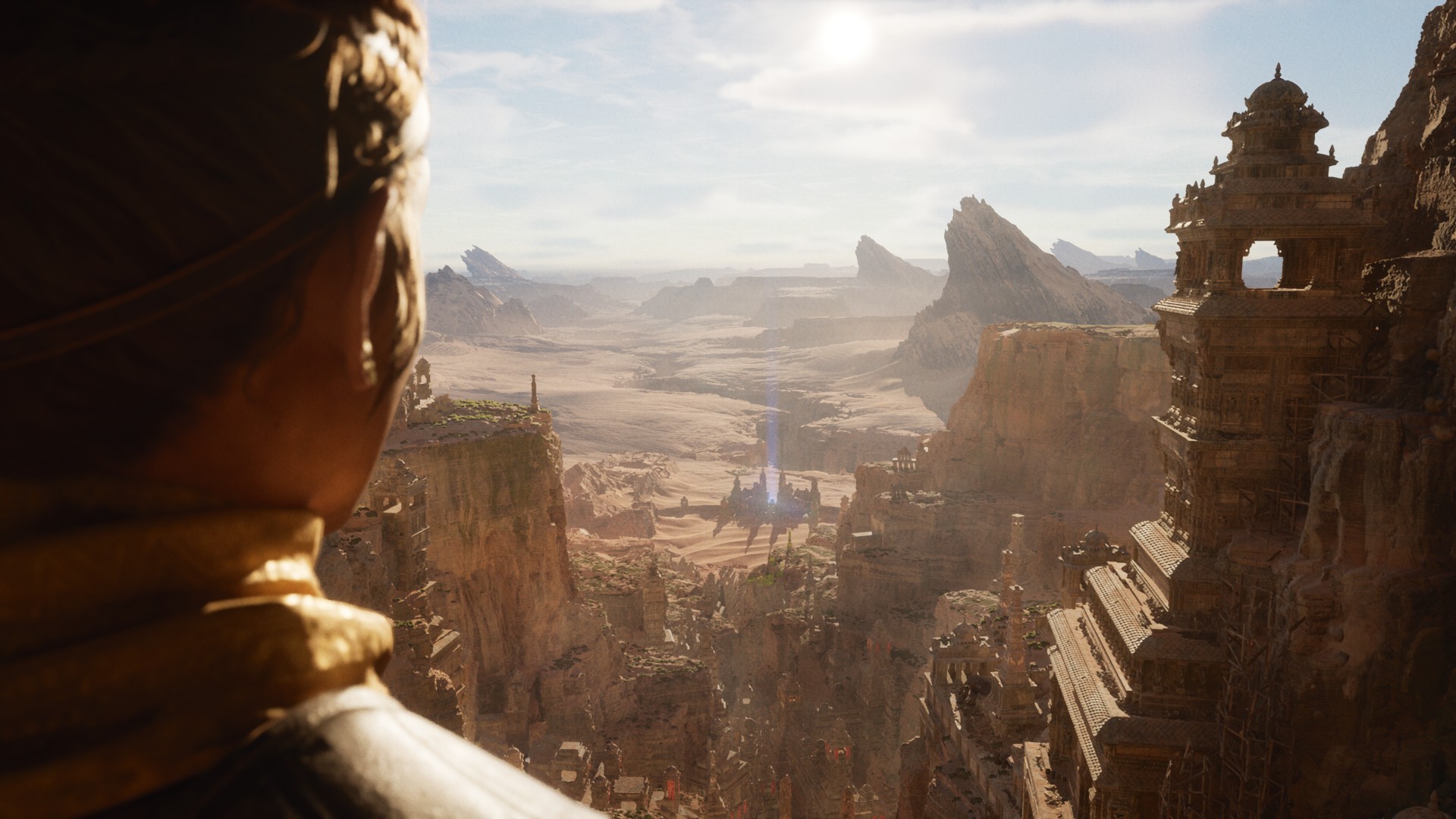I never said the drive is too slow. I said that the GPU could become too slow to keep up with the assets depending on how detailed the scene is. Of course, a developer would taylor their game to get their target FPS so this is all moot.
For example, take one of the characters in a game that uses an old texture lookup method to approximate subsurface scattering. Suppose that texture was indexed by the shader from an area of samples in the texture space. Now consider that the texture has increased in size by 2x,4x,8x as a higher resolution asset. It SSD could get the texture into RAM plenty fast, but the GPU now has to sample the same area as the smaller texture but requiring many more lookups. This would slow down the rendering process and thus the FPS. There is a reason why shadow maps have lower resolution, small geometry doesn't get shadow maps, SSS lighting is too crude, SSR is using low res reflections, environment sky is low res, normal maps look very crude when viewed up close, an LOD transition of self-shadowing on terrain as the character walks closer to objects, hair shading only has 1-2 specular lobes, only one shadow casting light source in the view at one time, etc.. etc..
A developer isn't going to ask himself, what should be the target for streaming in our game's assets. The question should be what resolution and what framerate do we wish to target our game given our art assets. IOW, they would use the GPU as their limiting factor - not the SSD.


